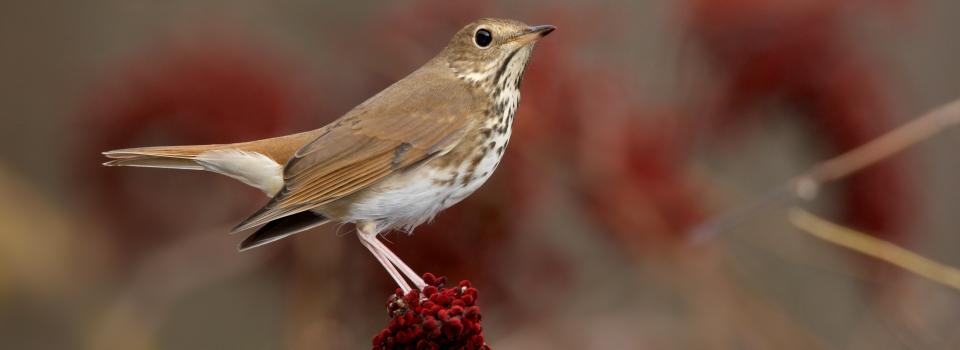
Hermit Thrush
Photo by: Robert Royse
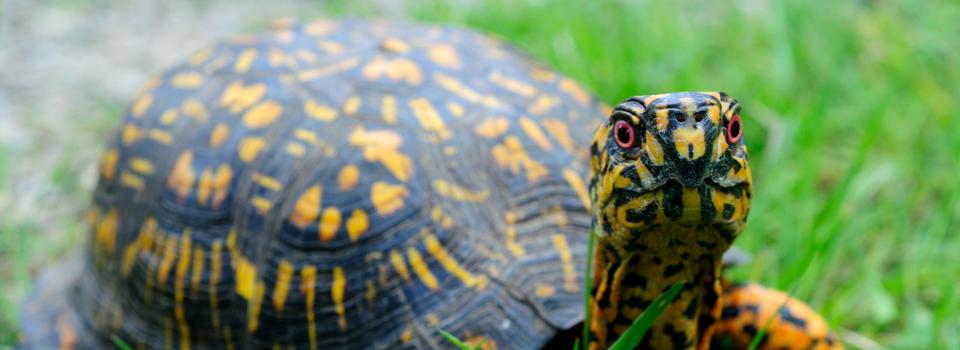
Box Turtle
Photo by: Jonathan Mays
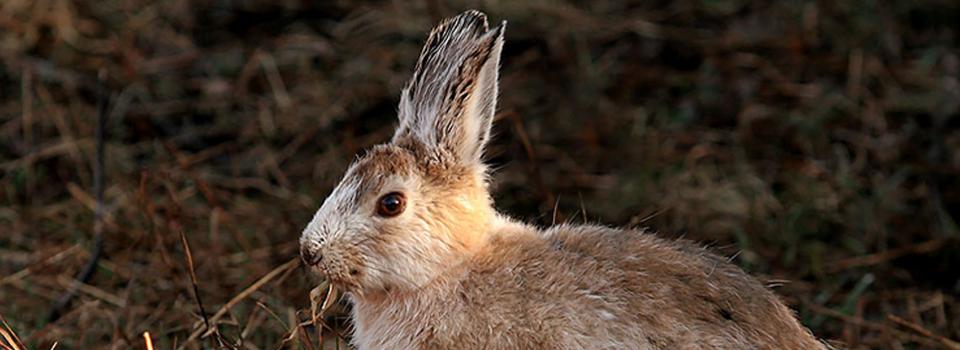
Snowshoe Hare
Photo by: Mike Hodgson
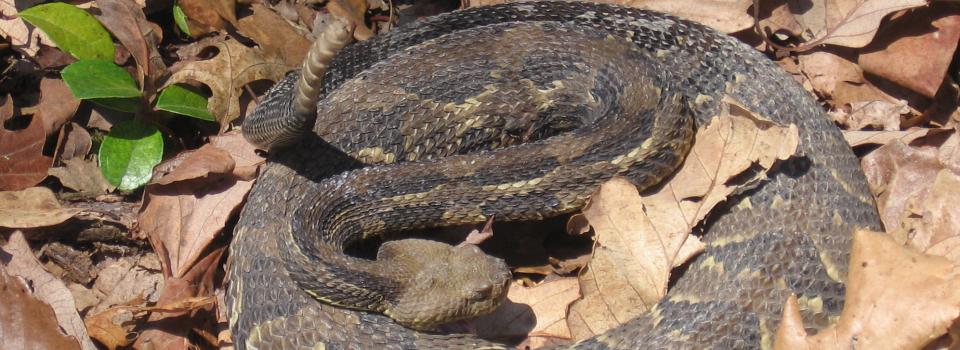
Timber Rattlesnake
Photo by: Kelly Wiley
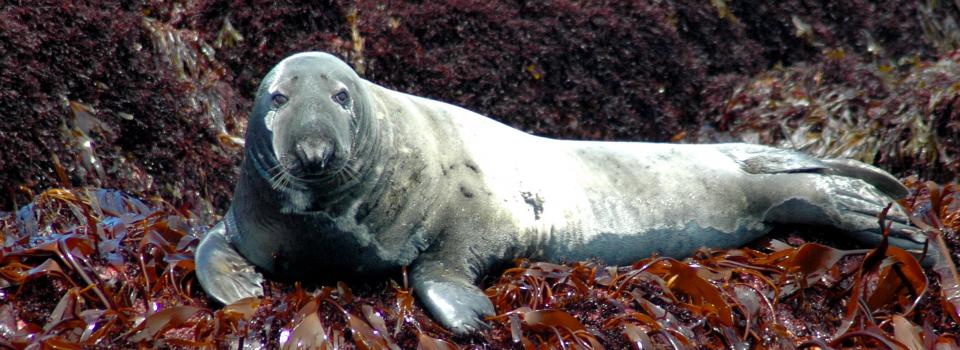
Gray Seal
Photo by: Jonathan Mays
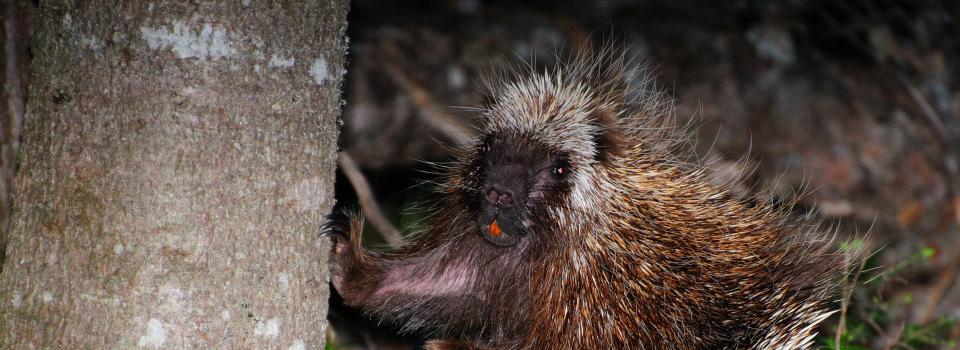







A new multi-state monitoring framework to take stock of the condition and conservation of the species and habitats that characterize the landscape of the Northeastern United States has been developed and finalized by the Northeast Association of Fish and Wildlife Agencies (NEAFWA).
The Northeast and Mid-Atlantic states have a long history of conservation and collaboration. Because the forests, rivers, and coastline of this region are extensive, but many of the individual states are small, the states have a tradition of working together to understand the broad ecological patterns that cross state lines. Toward this end, in 2008, NEAFWA and its partners developed a multi-state monitoring framework to take stock of the condition and conservation of the species and habitats that characterize the region. The report, Monitoring the Conservation of Fish and Wildlife in the Northeast (Tomajer et al. 2008) was intended to inform decision makers and managers on how individual states are faring, as well as how the region as a whole is performing.
This report, also funded by NEAFWA, is the first attempt to implement the recommendations of the monitoring framework. Through compiling region-wide data, analyzing the underlying patterns, and assessing the many indicators suggested by the framework, it presents a comprehensive and three dimensional picture of the state of the natural world in the northeast landscape.
(Excerpts from report)
To view the full report, click on the link below or visit the project’s hosting website .
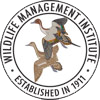
© 2020 A Wildlife Management Institute Project